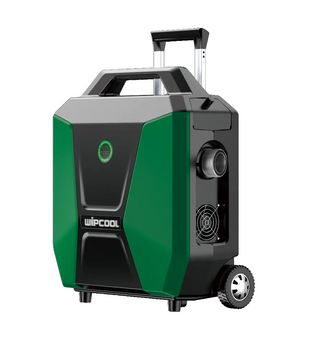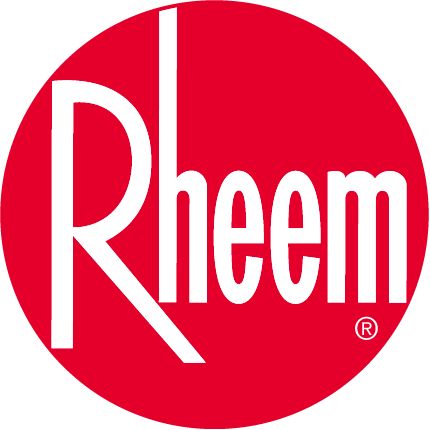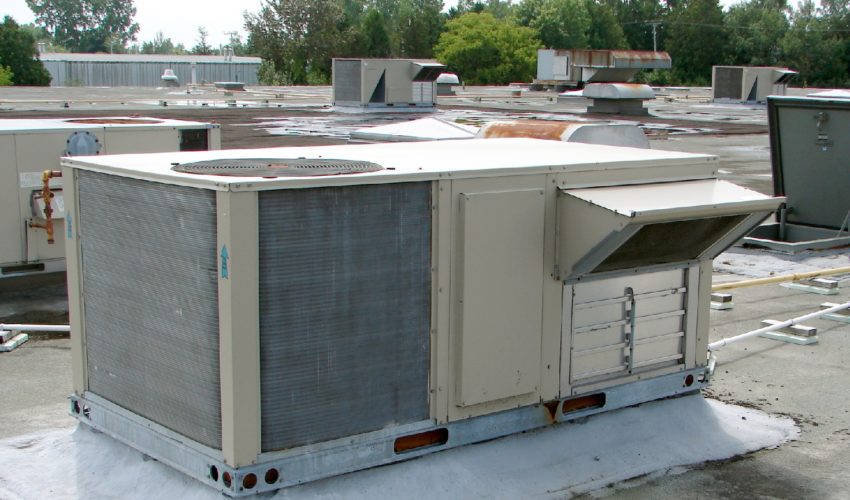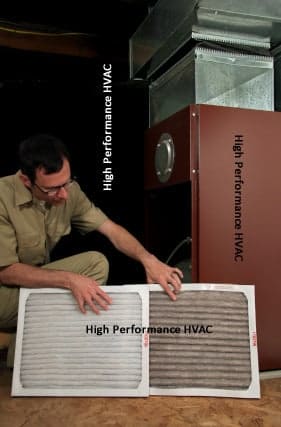the future (or lack thereof) of hvac filtration
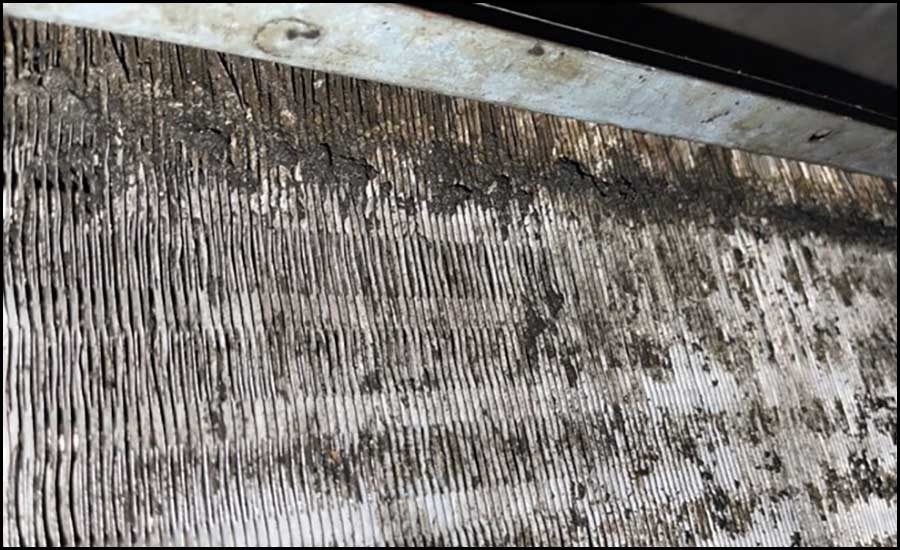
The aftermath of COVID-19 represents the historic calling of 'sink or swim through the reengineering of air quality and filtration technologies as we envision sustainable ways of living indoors..
The recent pandemic revealed the deficiency of conventional air filters and the inability of HVAC systems to protect the well-being of human occupants.
The trouble started years ago, and decision-makers decided to leave rather than lead the conversation, debunking filtration myths, allocating insufficient budgets, and employing inappropriate technologies in attempt to make difference.
The bureaucracies of filter upgrades and the anemic growth of HVAC technologies have proven that air deterioration is almost in the era of maintenance practices.
How can facility managers feel the heat when they direct, from their comfortable offices, their maintenance teams and continue to overlook the minimum wages and poor working and climate conditions.
The dismissal of maintenance mishaps, filter failures, the filtration stages, performance, leaky installations, and the refusal to acknowledge signs and symptoms of poor air quality have contributed to the deterioration of IAQ.
air filtration, and any practice that would give rise to IAQ, they ought to be clear about the scale, speed, and scope of change they aspire to.
Furthermore, the deployment of air quality sensors infrastructure to track, detect, and acquire real-time data for HVAC system to respond to air variation is essential to render the safe to occupy .
Regulating and rewarding all aspects of HVAC system through enshrining laws and establishing air quality centers of excellence, where academic institutions can capitalize on research and development funds to take air quality to the next level.
Ultimately, the premise here is to question the age of HVAC systems that would cripple air quality enhancements and the age of school of thought-leading facility management...
Read more
The recent pandemic revealed the deficiency of conventional air filters and the inability of HVAC systems to protect the well-being of human occupants.
The trouble started years ago, and decision-makers decided to leave rather than lead the conversation, debunking filtration myths, allocating insufficient budgets, and employing inappropriate technologies in attempt to make difference.
The bureaucracies of filter upgrades and the anemic growth of HVAC technologies have proven that air deterioration is almost in the era of maintenance practices.
How can facility managers feel the heat when they direct, from their comfortable offices, their maintenance teams and continue to overlook the minimum wages and poor working and climate conditions.
The dismissal of maintenance mishaps, filter failures, the filtration stages, performance, leaky installations, and the refusal to acknowledge signs and symptoms of poor air quality have contributed to the deterioration of IAQ.
air filtration, and any practice that would give rise to IAQ, they ought to be clear about the scale, speed, and scope of change they aspire to.
Furthermore, the deployment of air quality sensors infrastructure to track, detect, and acquire real-time data for HVAC system to respond to air variation is essential to render the safe to occupy .
Regulating and rewarding all aspects of HVAC system through enshrining laws and establishing air quality centers of excellence, where academic institutions can capitalize on research and development funds to take air quality to the next level.
Ultimately, the premise here is to question the age of HVAC systems that would cripple air quality enhancements and the age of school of thought-leading facility management...
Read more
Report
Related items:






